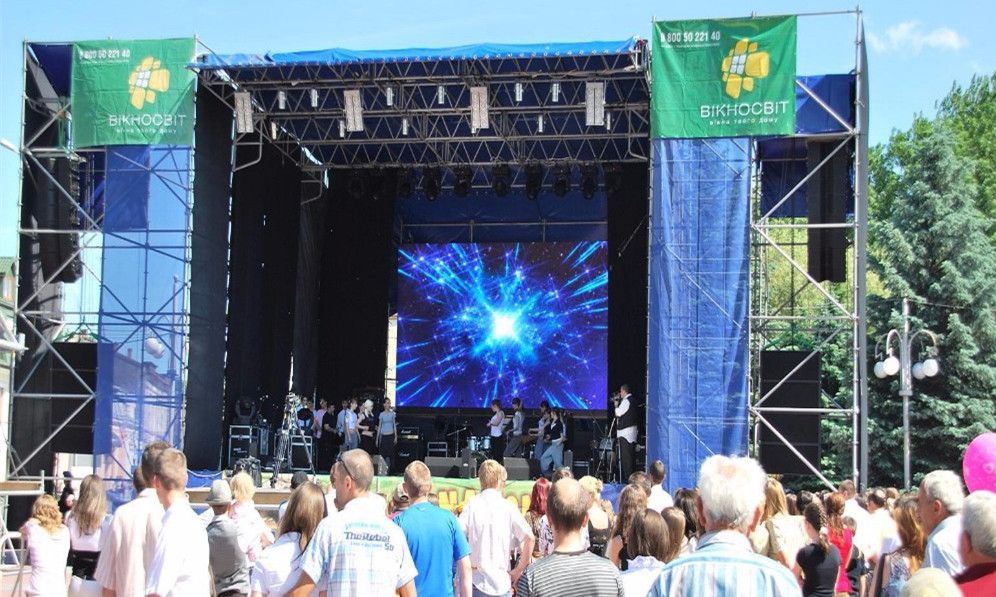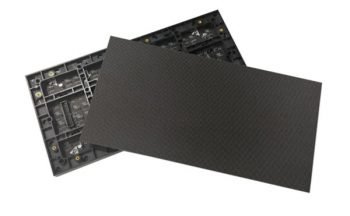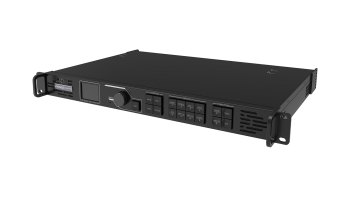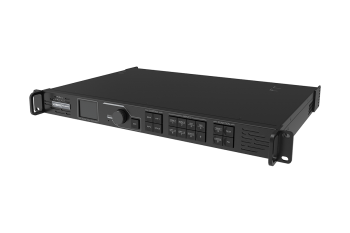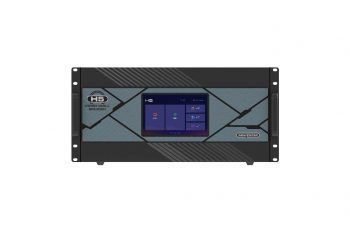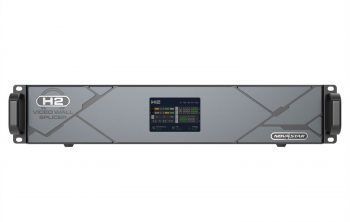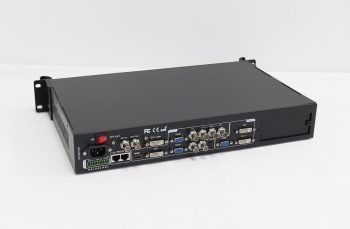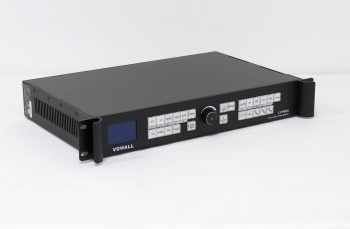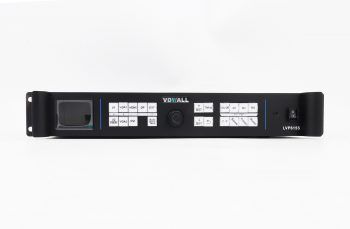With the application of LED full-color screen more and more widely, but the light pollution caused by its high brightness is often criticized by everyone. In order to prevent light pollution very well, Xiaobian specially arranges some safe brightness parameter setting methods and safety protection methods for LED display.
(1) Adjust LED screen brightness according to ambient brightness
The primary purpose of brightness adjustment is to adjust the brightness of the whole LED screen according to the intensity of ambient light, so that the LED full-color screen looks clear, bright and unobtrusive. Most of the domestic manufacturers of LED full-color screen have completed this function, but few companies and users really use this technology well. On the one hand, there is a lack of accurate and easy-to-use environmental brightness inspection equipment in the market. On the other hand, there is a lack of reference adjustment standards for LED full-color screen industry.
When the human eye is used to the ambient brightness of 800 candela per square meter, it can see 80-8000 candela per square meter. Any display content beyond this brightness scale requires human eyes to try their best to adjust their ability and habits, and gradually see clearly. For example, in an outdoor environment of 5000 candela per square meter, the brightness scale of the display device that is easy to watch is about 500-50000 candela per square meter. In this environment, if you want to clearly identify 60 candela per square meter of mobile phone content, you need human eyes to do their best to adjust for a few seconds to gradually get used to it. That’s the truth.
According to this theory, we can establish the planning standard of LED full-color screen brightness conditioning method. According to the brightness of the environment, the gray scale is suitable for human eyes to watch. Especially at night, the maximum brightness of the full-color screen should be less than 10 times of the ambient brightness.
The relationship between the ambient brightness and the best output brightness of the display device
The curve of ambient brightness change from early morning to midnight in a day and the corresponding (one-sided) best brightness setting curve of LED full-color screen. From the test results, we can see that the brightness of the outdoor environment changes significantly in a day, and the brightness ratio of the brightest time to the darkest time can reach 30000:1. The corresponding LED full-color screen brightness setting change is beyond imagination. At night, when the LED full-color screen is set to 60cd, you can feel that the LED screen is on. But at noon, even 5000-6000cd can’t be on. The difference between light and dark is nearly 100 times.
Because there is no standard binding, many outdoor LED full-color screens show very eye-catching brightness at night, causing serious light pollution to the surrounding environment and causing invisible damage to the surrounding residents. It is advocated to establish industry standards as soon as possible, restrain the company’s practice, and force the company’s equipment brightness conditioning equipment. In the application process of LED full-color screen, the brightness output level of LED full-color screen should be adjusted according to the industry standard and the ambient brightness change, and the high brightness output of LED full-color screen should be prohibited in dark environment.
(2) Blue output of standard LED full color screen
Human eyes can perceive light with different wavelengths differently, because brightness is a parameter based on the perception characteristics of human eyes, and only brightness can not accurately reflect the intensity of light. It is more accurate to reflect the dose of light to both eyes by using the radiation amount as the safety energy measurement target of visible light. The measurement value of irradiance measurement equipment should be used instead of the perception of the brightness of blue light in both eyes as the basis for judging whether the output intensity of blue light will cause damage to both eyes. The manufacturer and user of LED full-color screen should reduce the blue light output component of LED full-color screen under the condition of satisfactory display.
(3) Illumination distribution and direction of standard LED full color screen
We should try our best to consider the rationality of LED light distribution, and make the light energy of LED output evenly distributed in all directions within the scale of visual view, so as to prevent the strong light of LED with small viewing angle from directly hitting human eyes. At the same time, the lighting direction and scale of LED should be limited to reduce the pollution of LED full-color screen to the surrounding environment.
(4) Standard full color screen output frequency
Led full-color screen manufacturers should plan full-color screen in strict accordance with the requirements of LED full-color screen standard, and the output frequency of full-color screen should meet the requirements of the standard, so as to prevent the discomfort caused to the viewers by the flicker of the screen.
(5) Express safety measures in the operation manual of LED full color screen
In the user’s Manual of LED full-color screen, it is necessary to indicate the matters needing attention in application, clarify the method of correctly adjusting the brightness of LED full-color screen, and the possible damage to human eyes caused by long-term direct viewing of LED full-color screen. When the brightness active conditioning equipment failure, should adopt manual conditioning mode, or turn off the LED full-color screen.
When encountering eye-catching led full-color screen in dark environment, the self-protection method should be: do not look directly at the LED full-color screen for a long time, or carefully identify the details of the screen on the LED full-color screen, so as to prevent the LED from forming bright spots on the fundus of the eye and burning the retina after focusing with both eyes.
(6) LED full color screen planning, production process protection methods
Planning and production personnel will touch led full-color screen more frequently than users. In the process of planning and production, we need to test led overload operation. Therefore, the planning and production personnel should pay more attention to and adopt the special LED full-color screen planning and production process protection methods.
One stop solution for LED video wall controllers and accessories, from led video processor ,sender cards, receiving cards to power supply and led modules.
- Address: floor 2, SKW industrial park, Shitan town, Shenzhen city,China
- Phone: +(86) 13714518751
- Email: [email protected]
Help & Support
Subscribe
Subscribe to our latest led display screen tech Newsletter and get bonuses for the next purchase

